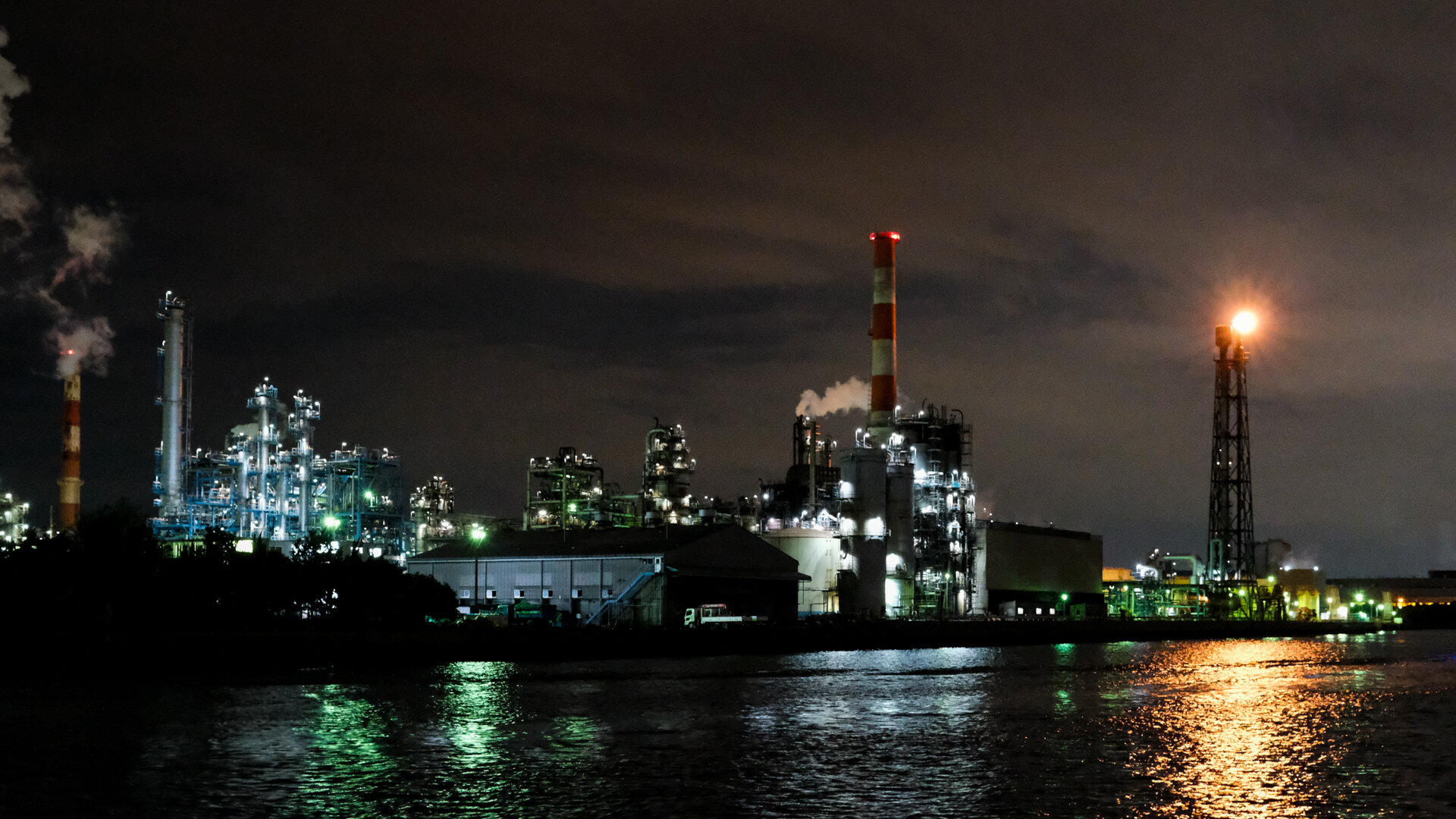The final chapter of an incredible journey.
We’d had enough of the noise, so we gave up the flat and moved into a hotel to finish off our trip in a bit more comfort.
We booked a hotel on-line, using the same sight we have booked all other hotels. It advertised ‘Superior Twin bed room (sleeps 3-4).’ Sounded ideal - spacious and quiet.
Turns out, when we arrived, the price quoted was for two beds, one person. With huge fees for additional people. How can this be allowed? The online booking company told us it was the hotel’s set of conditions and not their responsibility for misrepresentation of facts. They would not let us raise this issue as a warning to others on their media forum. It was banned.
So, bed 21 brings us to our final couple of experiences and these both took place late at night.
So it seems to me that Japan’s life is about art and culture, anime paradise, crazy technology and a very large sex industry. Kabukichō is the location of many host and hostess clubs, love hotels, shops, restaurants, and nightclubs, and is often called the ‘Sleepless Town’. This red light district is not quite as explicit as other cities in Japan, but it comprises of many, many hotels advertising stay, rest, or sleep.
The adult entertainment is hidden behind closed doors, with only a few touts hanging around outside. The red light area has been absorbed into the vastness of Shinjuku - the most central entertainment area in the metropolis of Tokyo. Tourists are encouraged and generally get ripped off with almighty final bills. Not quite as obvious to see are the many places that remain for Japanese only. Foreigners are not welcome.
What has recently emerged are young male Japanese escorts and clubs for females to enjoy their company. The derogatory imaging has become more anime in style.
It still bewilders me that a society that appears so shy, conservative and introverted has such a huge countrywide sex industry, with so many loop-holes to avoid the illegalities.
Kabukicho is apparently crowded with members of the Yakuza, the Japanese mafia. Yakuza members run a large amount of the bars and clubs here. This is why, for the first time in Japan, I have seen policemen patrolling this area. The Yakuza have a scary reputation and tourists are warned not to cause any trouble.
Time for one last adventure and this took place in Kawasaki…
Keihin Industrial Ward is a futuristic landscape. We attempted to make our own way there so we could roam around the eerie never-ending maze of factories belching out fire and smoke 24 hours a day. Unfortunately this wasn’t to be. We found the correct train routes, but they were closed due to an accident. Everywhere was gridlocked and the trains were terminated. We weren’t going to give up and took the next best option - a freezing Japanese boat tour. We could only take the late night one, so not great for photography and we were unable to land anywhere. We have no idea what information was given to the few brave passengers as there were no translations. The views were staggering. Straight-out of Final Fantasy.
This heavy industry concentrated in the Kawasaki-Yokohama harbour area, includes steel mills, oil refineries, petrochemical complexes, and shipyards. Major land-reclamation projects in the bay have created room for the industrial expansion.
There are massive questions on its environmental pollution.
So that is it. Three months travelling complete. Back to England - a little wiser, more knowledgeable and a great deal to think about.















